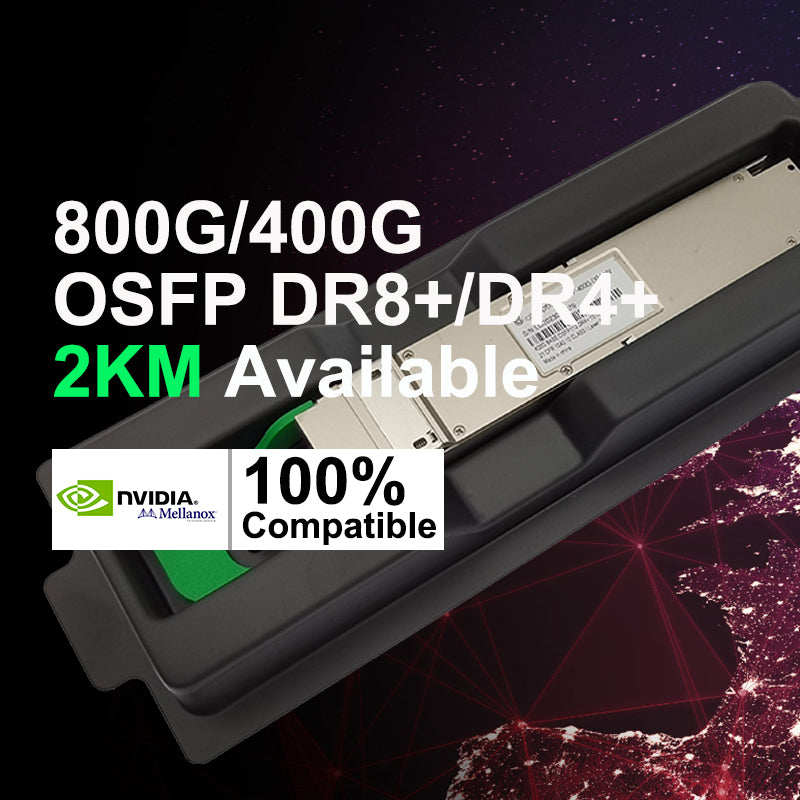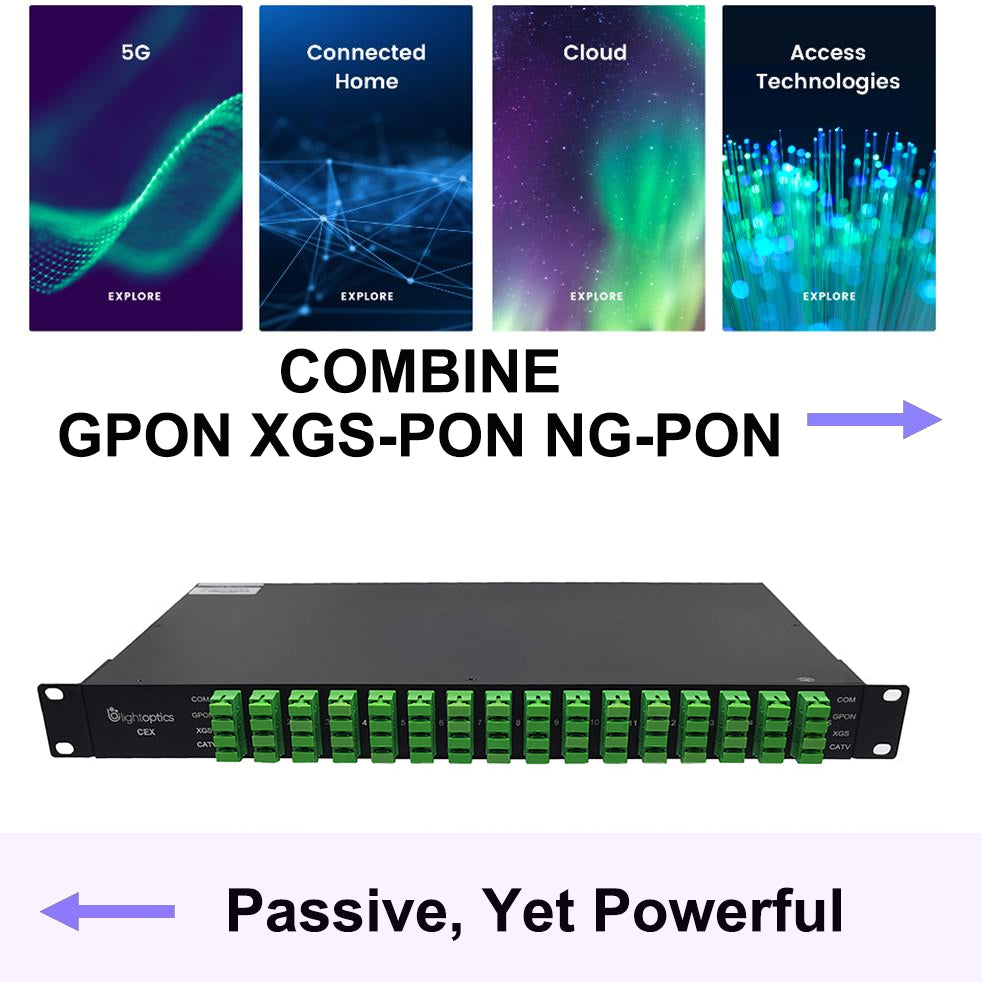Fusion Splicing vs Mechanical Splicing:Fiber Optic Cables Solutions
Fusion Splicing vs Mechanical Splicing:Fiber Optic Cables Solutions
Introduction to Fiber Optic Splicing
During the actual operation of fiber cables, fiber optic splicing is often needed to achieve the connection between optic fibers. To be specific, fiber optic splicing is a process to combine the ends of optic fibers together. And only one end of each individual fiber is required. There are mainly two types splicing methods: the mechanical splicing and the fusion splicing. The article will introduce these two splicing methods and their particular steps of splicing.
What Is Mechanical Splicing?
Mechanical splicing is using the alignment devices to hold two fiber ends in a precisely aligned position. This enables the light to pass freely through one fiber to another fiber. In this method, the joint is not permanent. Two fibers can still be split after the signal transmission. Mechanical splicing has a low initial investment but costs more for each splice.

What Is Fusion Splicing?
Fusion splicing is using the professional machine to joint two optical fibers ends together. The splicing machine will hold the fibers to align them in a precised position, then using heat or electric arc to fuse or weld glass ends together. This enables the permanent connection between two optic fibers for a continuous light transmission. Fusion splicing needs a much higher initial investment but costs less for each splice than mechanical splicing. In addition, this method is more precised than mechanical splicing, which produces lower loss and less back reflection due to the seamless fusion splice points.

What Is Fusion Splicing?
Fusion splicing is using the professional machine to joint two optical fibers ends together. The splicing machine will hold the fibers to align them in a precised position, then using heat or electric arc to fuse or weld glass ends together. This enables the permanent connection between two optic fibers for a continuous light transmission. Fusion splicing needs a much higher initial investment but costs less for each splice than mechanical splicing. In addition, this method is more precised than mechanical splicing, which produces lower loss and less back reflection due to the seamless fusion splice points.
Four Steps of Mechanical Splicing:
- You need to prepare the fiber by peeling off the outer coatings, jackets, tubes, etc. to just expose the bare fiber. And you much keep the cleanliness of fiber in case of failing the later transmission.
- You need to cleave the fiber.
- You need to joint the fibers mechanically with no heat. Just connecting the ends of fiber together inside the mechanical splice unit and the device will help couple the light between two fibers.
- You need to protect the fiber during the light transmission. Typically, the completed mechanical has its own protection for the splice.
Four Steps of Fusion Splicing:
- The same as mechanical splicing, you need to strip the outer materials to show the bare fiber. And cleanliness is also required as an important preparation.
- You need to cleave the fiber. A much more precised cleave is essential to the fusion splice. The cleaved end must be smooth and perpendicular to the fiber axis for a proper splice.
- You need to splice the fiber with heat. Manual or automatic alignment can be chosen according to the device you are using. A more accurate splice can be achieved if you use a more expensive equipment. Once properly align the fusion splicer unit then you can use an electrical arc to melt the fibers, and permanently weld the two fiber ends together.
- You need to protect the fiber from bending and tensile forces. By adopting the heat shrink tubing, silicone gel and mechanical crimp protectors can prevent the fiber from breakage.
Additional Considerations for Fusion Splicing
Before you deploy fusion splicing instead of mechanical splicing, there are two important factors to consider:
- Proper storage of protective heat shrink splice sleeves
By heat shrinking a protective sleeve over the finished splice, the splice is protected against moisture and other environmental hazards – but the heat shrink splice sleeves must be stored correctly in order to be effective and protect the fragile joints.
- Proper slack management for 250µm, 900µm or ribbon fiber
Proper slack management for 250µm, 900µm or ribbon fiber must also be provided to enable future termination of damaged connectors.
Advantages of Fusion Splicing vs Mechanical Splicing
|
Fusion Splicing |
Mechanical Splicing | |
| Variable Cost per Splice | $0.50 - $1.50 | $10 - $30 |
| Insertion Loss | < 0.1 dB | 0.2 dB - 0.75 dB |
Lower Cost
Fusion splicing typically costs more upfront due to the investment required to add a fusion splicing machine to your toolkit, but it offers a lower variable cost per fusion splice: $0.50 to $1.50 per splice.
Mechanical splicing doesn’t require a large upfront investment in tools, but it has a higher variable cost at $10 to $30 per splice. The more splicing you do, the less cost efficient mechanical splicing will be due to its high variable cost per termination.
In the past, some data center installers have been hesitant to try fusion splicing simply due to the expenses associated with the purchase of fusion splicer tooling. In recent years, however, we’ve experienced significant cost decreases in splicer tools, as well as increased availability of low-cost splicer rental options.
Superior Performance
With mechanical splicing, the typical insertion loss (IL) is higher – between 0.2 dB and 0.75 dB – because the two fibers are simply aligned and not physically joined. (Insertion loss is the loss of signal power resulting from the insertion of a splice in optical fiber.)
Because fusion splicing provides a continuous connection between two fibers, it offers lower insertion loss and better performance. The typical loss in fusion splicing is < 0.1 dB, providing better protection against cable failure and weak signals.
Conclusion
Fiber optic splicing is important for fiber connections. Two different methods of mechanical splicing and fusion splicing are usually used for splicing. In order to complete the splicing process, many professional tools are required. For example, fiber optic cleavers is deployed for the cleaving step. Fusion splicers is deployed for the fusion splicing method to connect the fibers and optical fiber aligners is deployed for the alignment to enable the light transmission.












